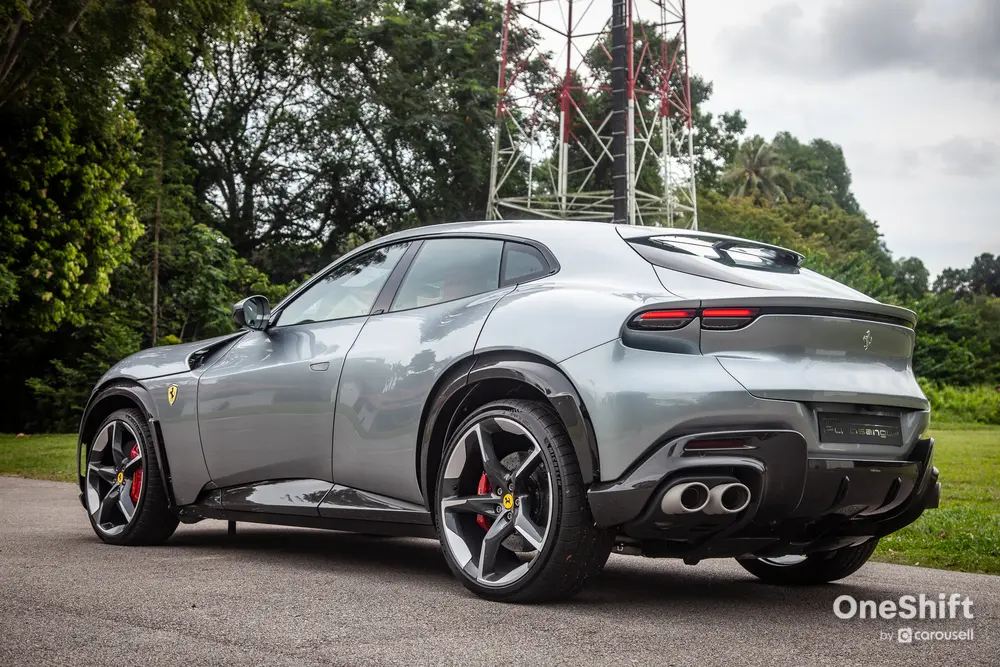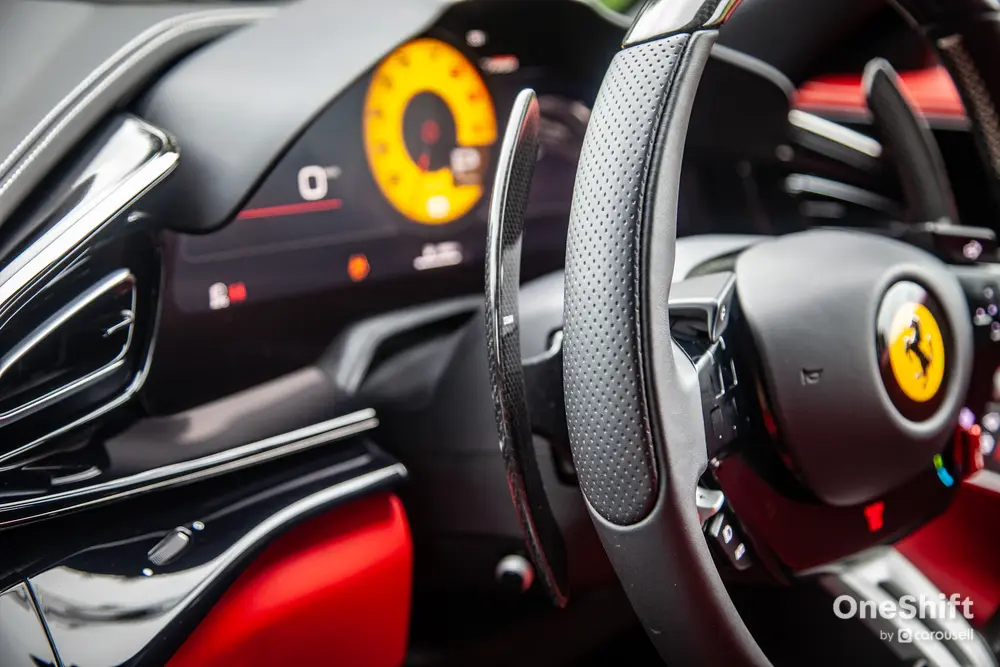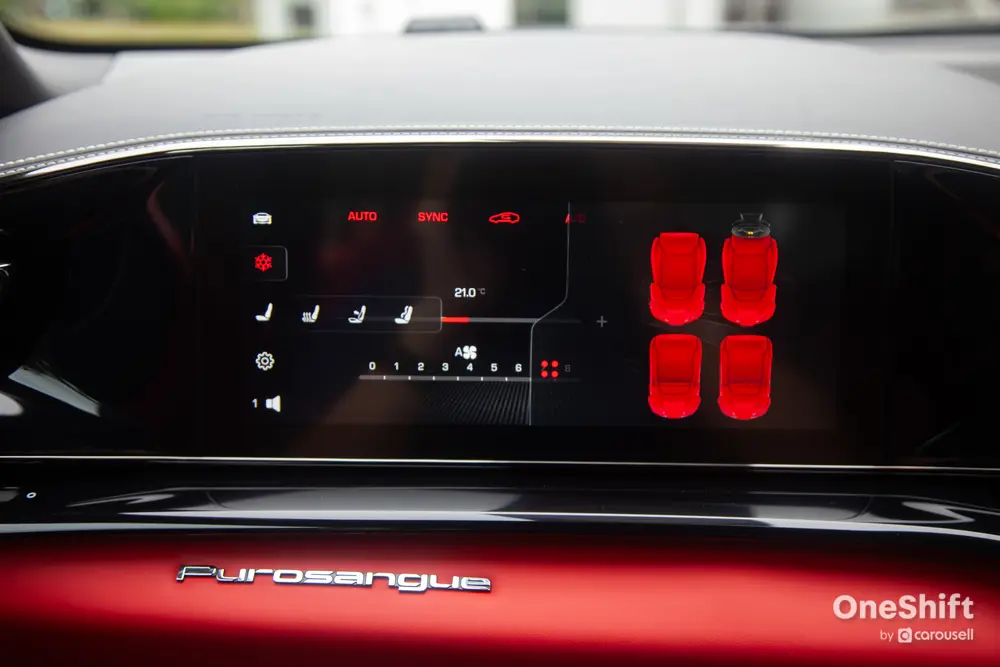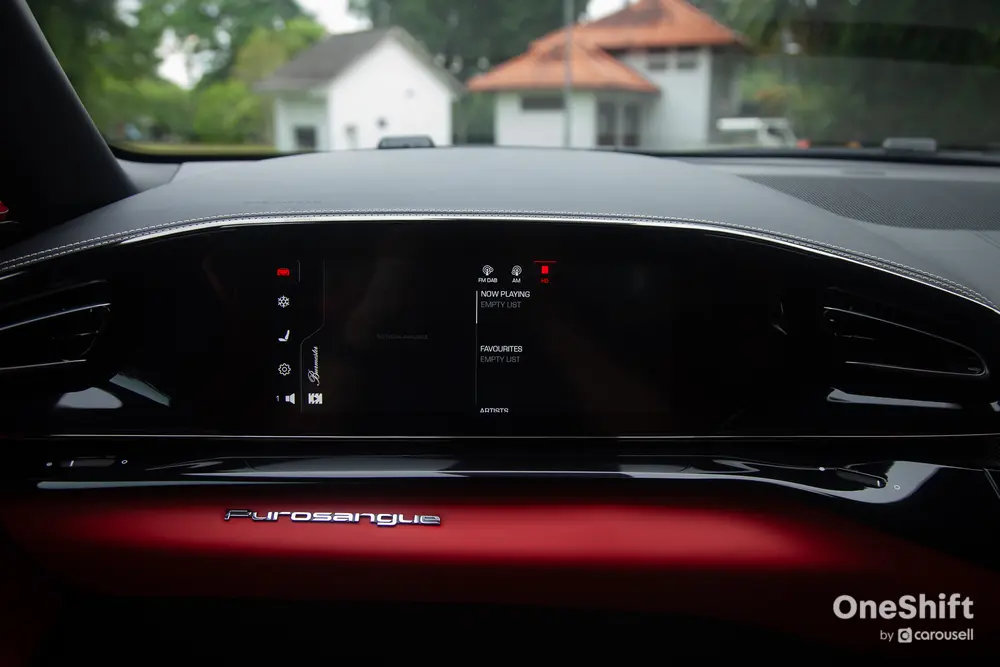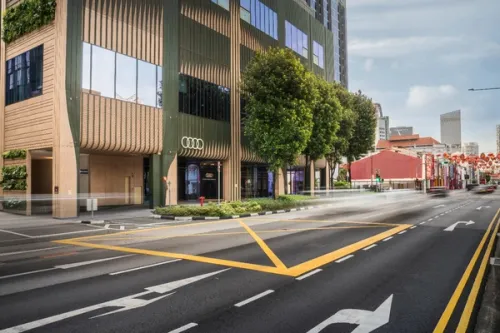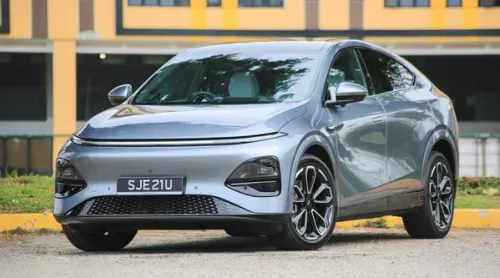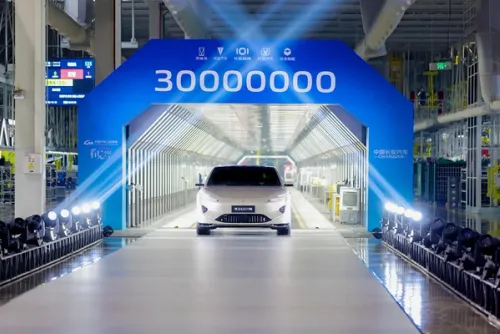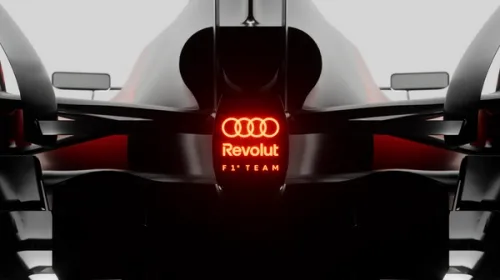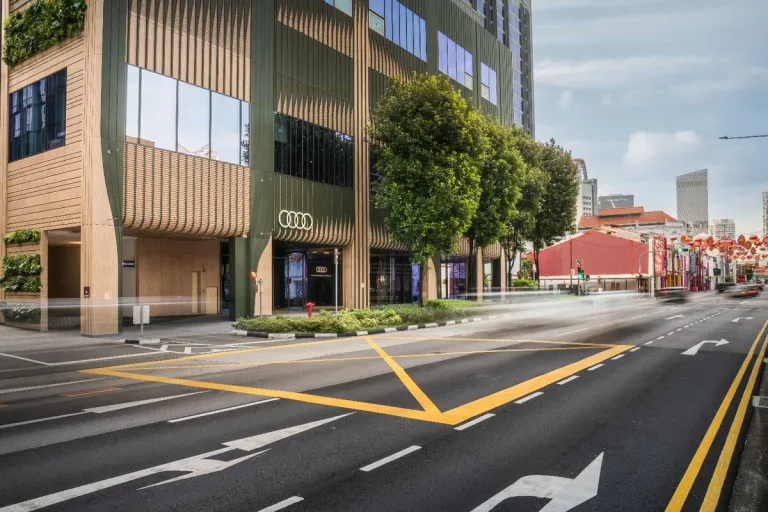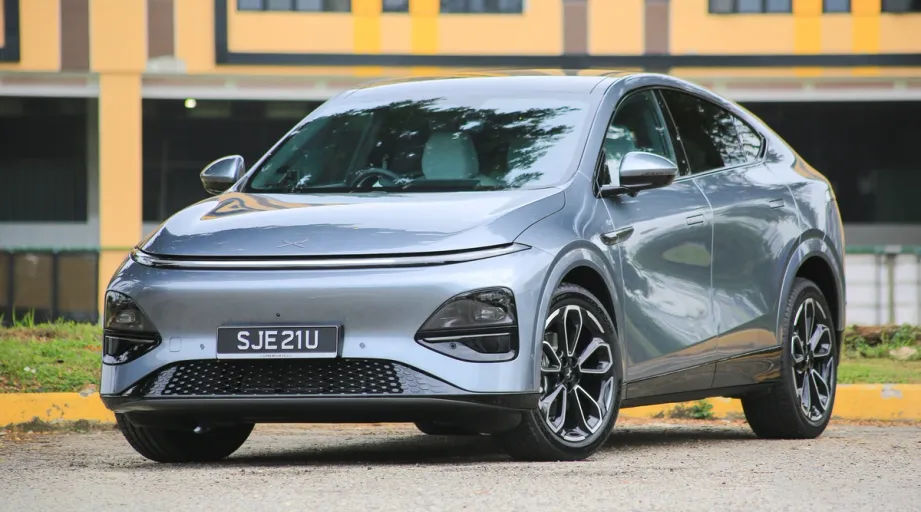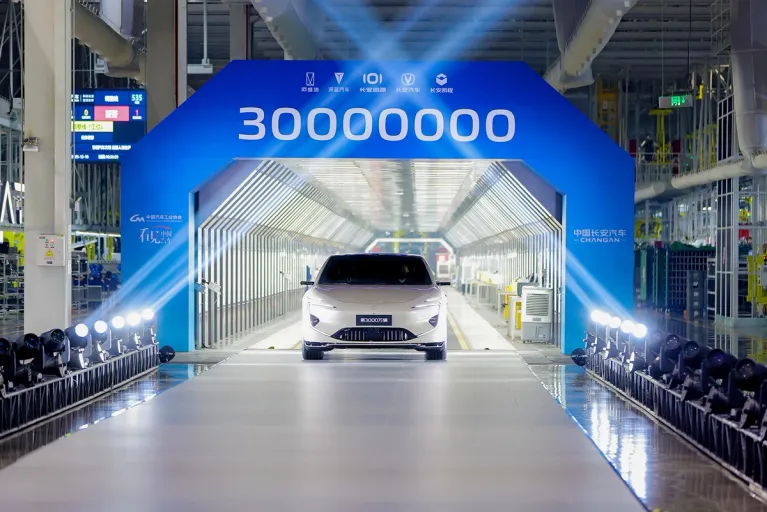Ferrari Purosangue Review: Master of all Trades
The four-door, four-seater Ferrari is sensational to drive in every situation.







It’s been a long time since I’ve driven a Ferrari - the last, a 458 Italia in 2014. Remarkably, ten years on Ferrari has kept its naturally aspirated engines in production as much as possible, like the 6.5-litre V12 in the Purosangue. Most other brands have succumbed to downsized and/or forced induction engines; in fact, all of the Purosangue’s competitors have.
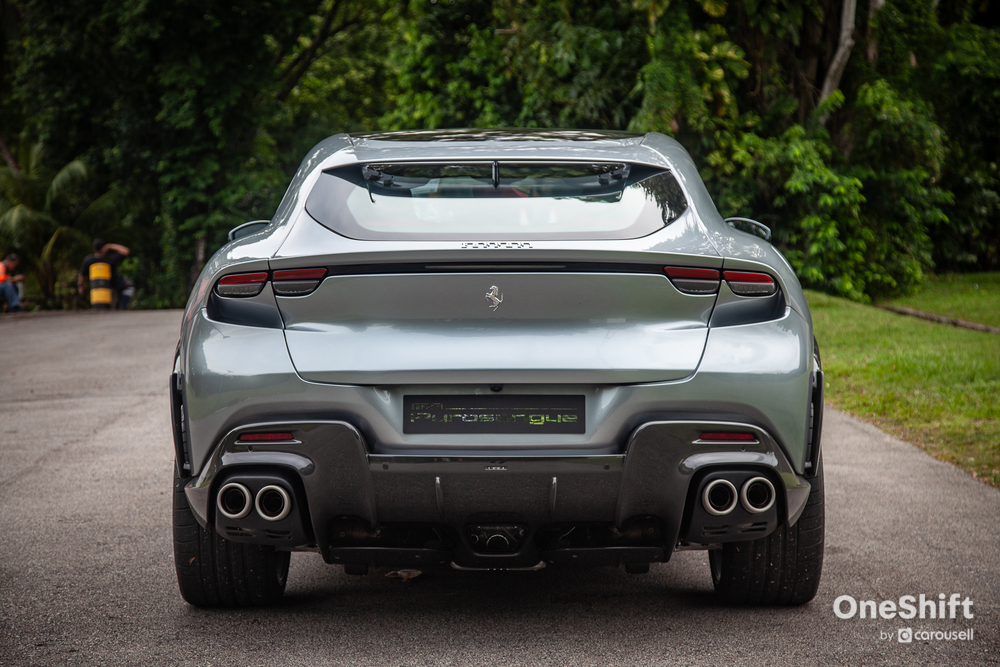
I have engaged with those other brands and their cars over the years, including driving the Lamborghini Urus S, Aston Martin DBX707, Bentley Bentayga and Rolls-Royce Cullinan, but such is the exclusivity of Ferrari that only a very rare few would get behind the wheel of one. We did a static preview of the Purosangue, but I wasn’t one of those selected to drive the car in the storied mountains of Italy or on the meandering roads of New Zealand. Gratefully, Ferrari has graciously given OneShift the opportunity to drive the Purosangue in Singapore instead. In fact, we are probably the first title in Singapore to review the Purosangue on local roads. If nothing else, our take would at least be the most relatable one.
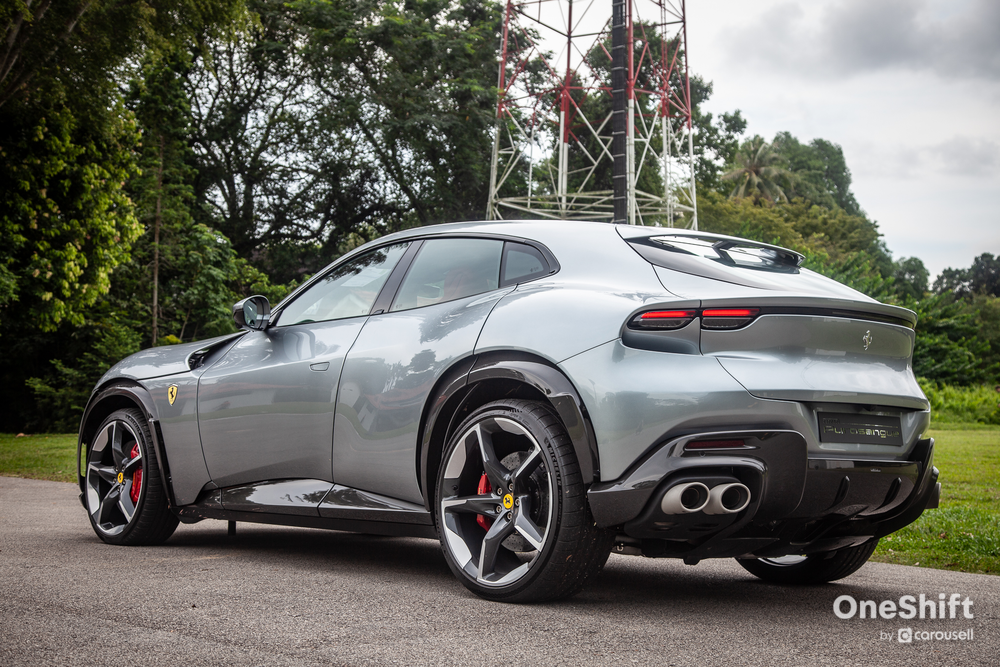
There was enough palpable trepidation and unfamiliarity that, fearing that I’d embarrass myself, I rehearsed again what the Purosangue was all about and how to operate it. It is different enough from a conventional car that simply starting it up and driving it off gingerly still requires some prior instruction. Of course, there is also the not insignificant factor of the $2+ million price tag. Only the Cullinan would come anywhere close to this price range. It is also worth more than my home.
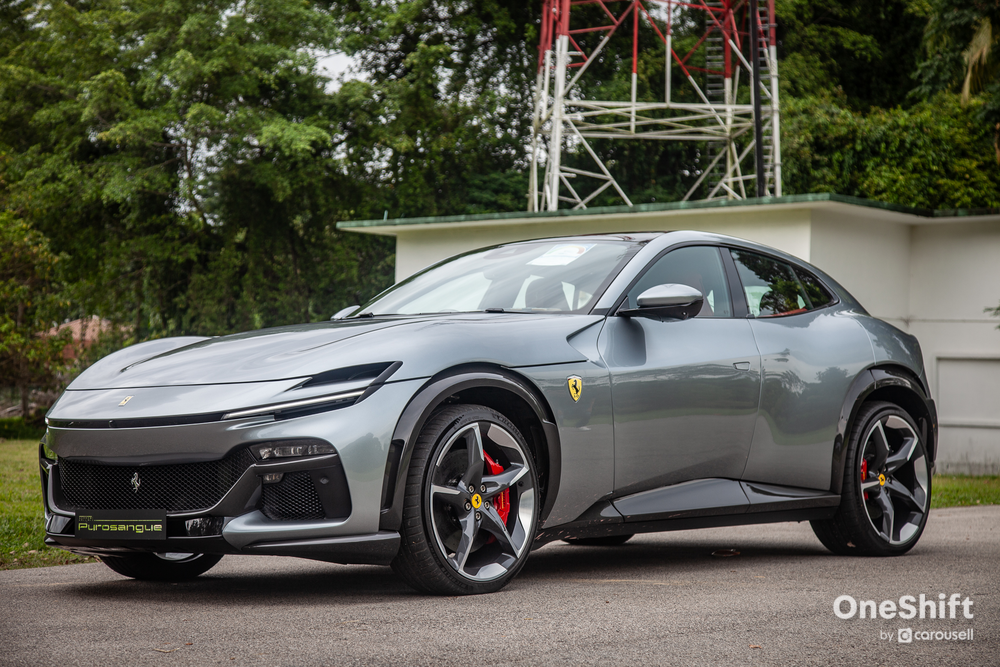
But the day came and all of that preparation conveniently left my mind as I set my eyes on the Purosangue in person. It is, like all Ferraris, full of aura and charisma that makes it feel almost untouchable. Opening its doors demands delicacy; sitting inside feels surreal. And then there is the moment when I start the 6.5-litre V12 engine.
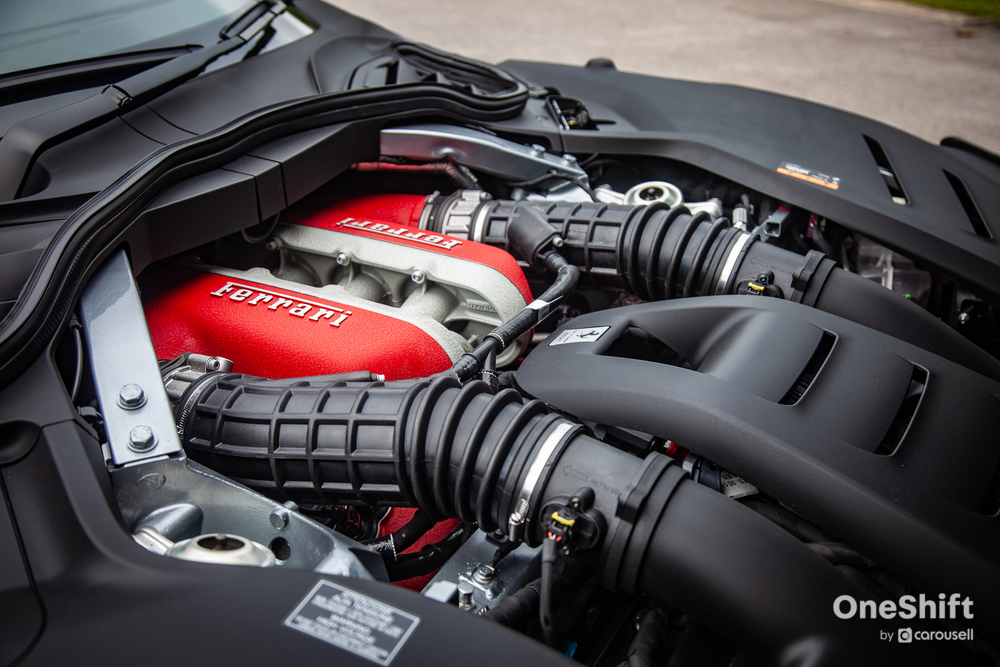
Woah, this is truly something remarkable. The exhaust note is rich and theatrical, and literally spells exotic. Every start-up is an occasion, bettering pretty much any other engine out there in the same class for soul. A few blips of the throttle may chill the bones of EU noise regulators sitting in their offices, although it does settle into a quiet idle after being warmed up.
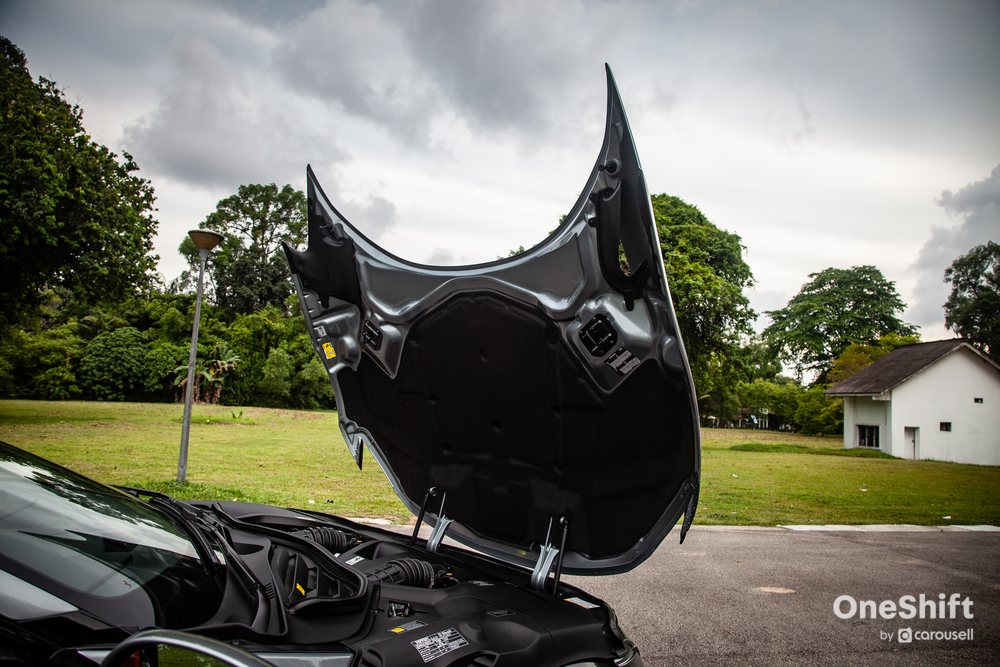
Putting a NA V12 into a two-door Ferrari is expected, but not when it is in something with four doors and four seats (yes, the SUV word is taboo to Ferrari). There is absolutely nothing else in the market right now that can give you the sort of experience that the Purosangue can, simply because it’s virtually non-existent anymore. Some say the forced induction engines are necessary for proper pace because of how heavy these cars are, but the Purosangue would prove otherwise. In fact, the ‘boosty’ nature of the turbocharged engines actually detract more from the sportiness than add to it, in my view.
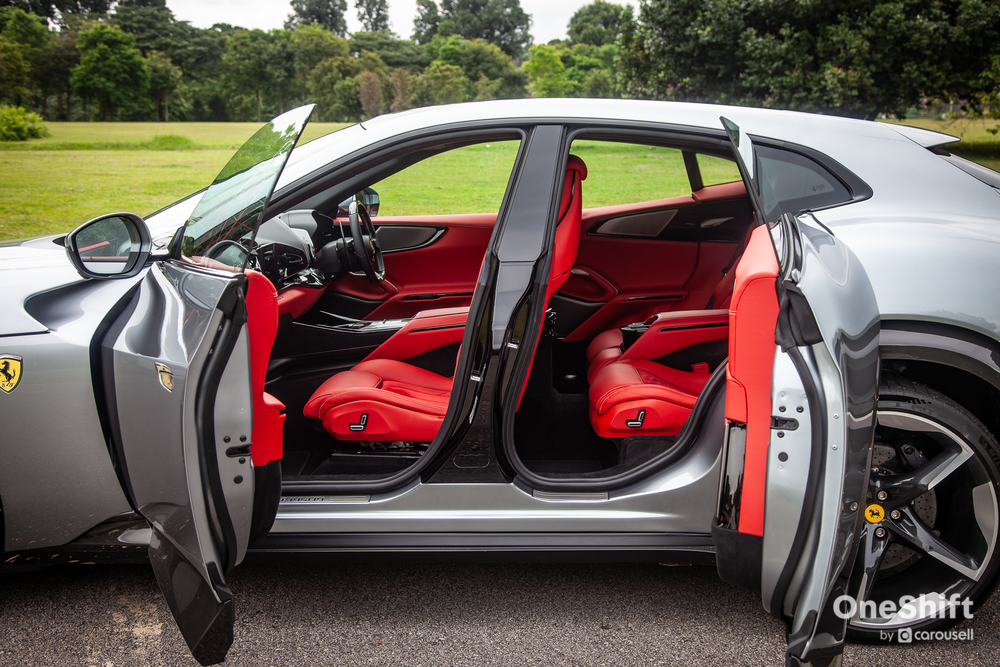
And that’s not all. The seating in the Purosangue is also truly unique. You don’t sit high and mighty; instead, your seat base is only 20 cm higher than in the GTC4Lusso coupe. Basically, you’d sit as high as in a typical saloon and nothing more. It’s a bewildering, but absolutely impressive experience. This sets the stage for the sort of performance that’s truly more supercar than you’d think.
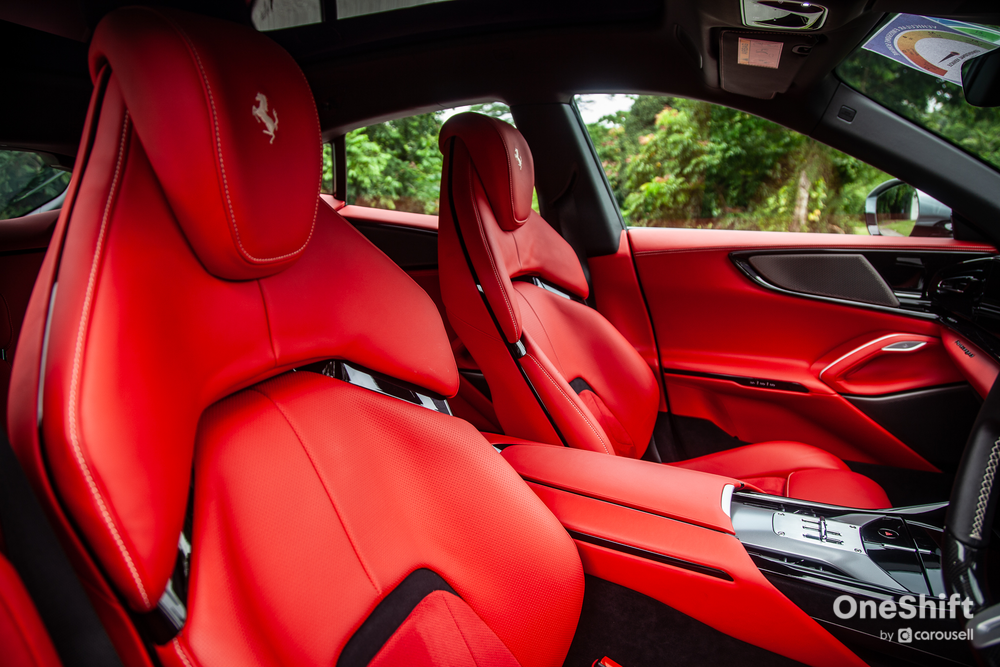
But first, the jaunt from the showroom to the twisty roads involved some dull highways. And here, I was initially taken aback at how docile the Purosangue is. After getting used to quirks like the turn signals being mounted on the steering wheel, the car is genuinely approachable and easy to get along with. The remarkable suspension, which Ferrari says is the biggest technological leap it has made in the last 10 years, allows each damper to move entirely independently of each other. This is made possible by an electric motor embedded into each damper to control the damping force required. The result is sensational comfort that makes the Purosangue totally and categorically usable daily.
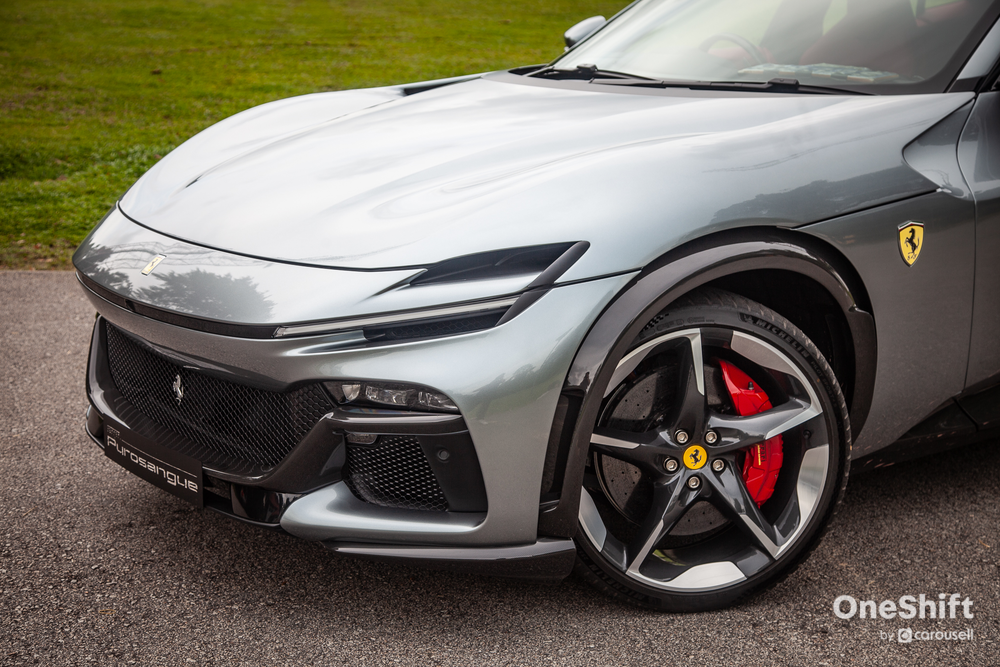
The car is also quiet at speed, though not distancing you from the road - in fact, it lets in just the right amount of road noise so that you can ‘feel’ the speed. And that engine - it’s so tractable even below 3,000 rpm, you’d really wonder if there’s any need for forced induction. Of course, you do pay your dues in terms of road tax and fuel consumption. But the car always quickly shuffles to the highest gear possible to claw back efficiency.
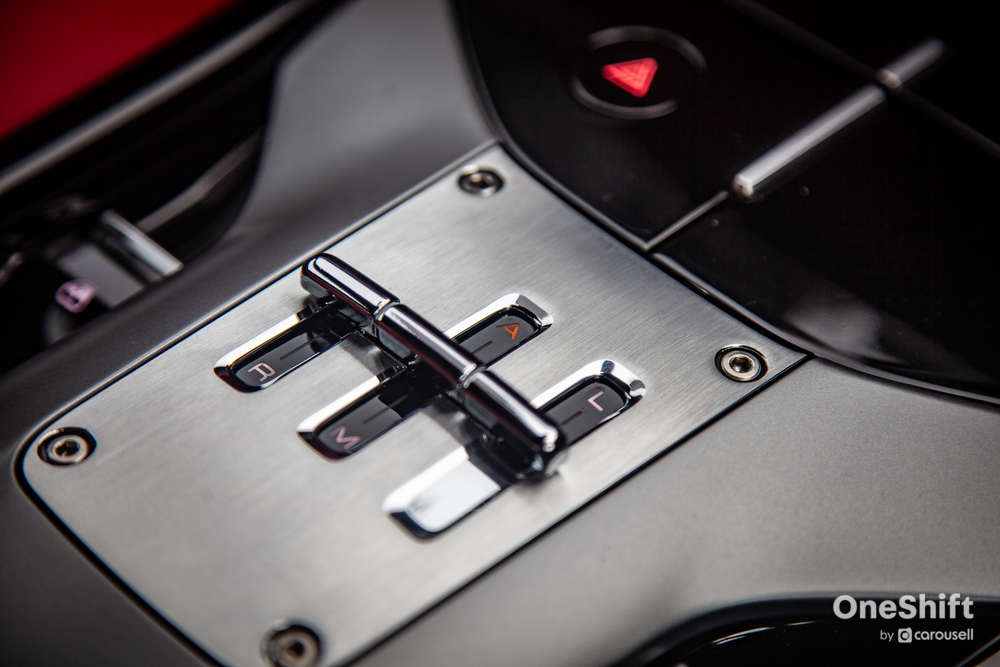
In fact, it does this so diligently that even when called upon, the car is rather reluctant to kick down, even in the Sport setting. Might as well switch the gearbox to manual then, as we’ve just about reached more interesting roads.
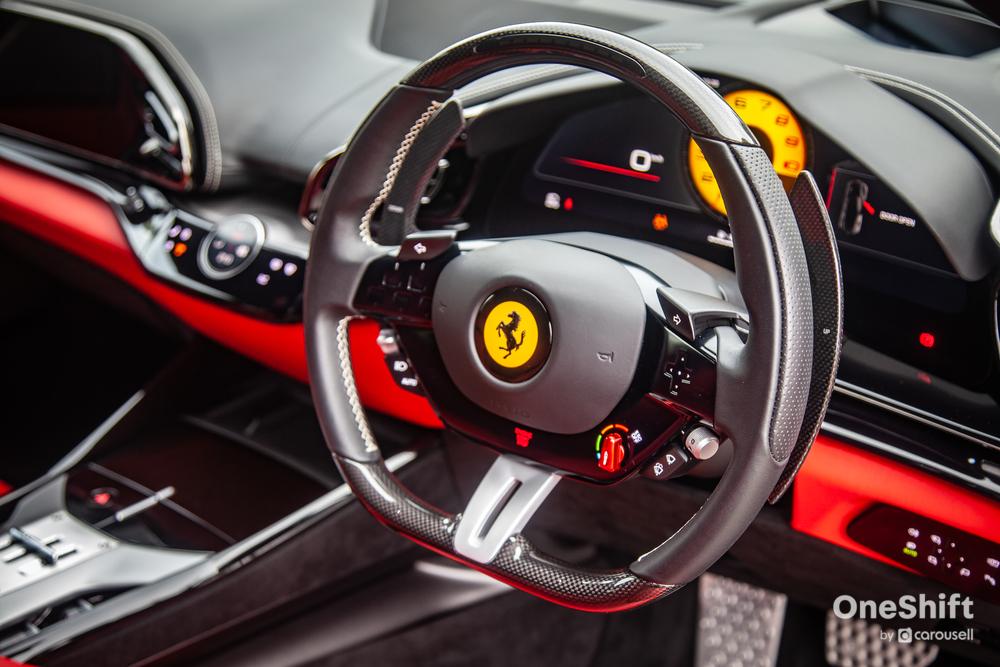
For anything other than drudging through urban traffic, manually overriding the gearbox is the preferred method to extract the full performance of the Purosangue. Honestly, you could probably live with the Purosangue every day without ever venturing anywhere near to the redline. But it would be an absolute shame.
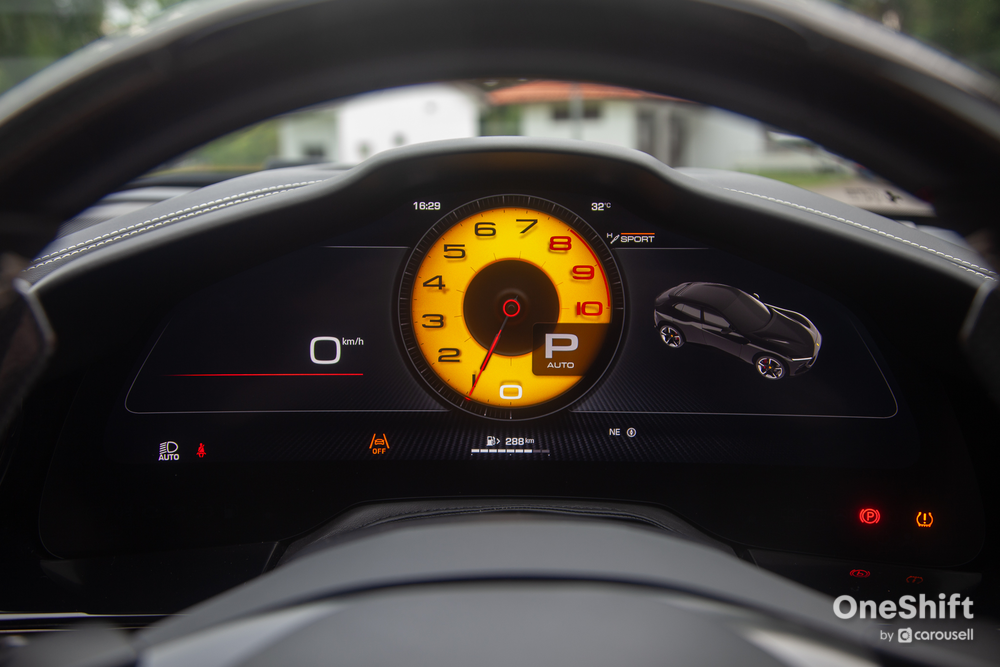
The car literally transforms its character as you build the revs of the V12. I’d urge you to hit the 8,250 rpm redline, because that is when the Purosangue fully reveals its sports car sinews. It is not the speed that shocks you (speed is cheap anyway in this day and age of BEVs), but the purity of the power delivery and control you have at your command. There is no big wallop of torque to suddenly foil your angle of attack; all you have is razor sharp throttle response that you can read with precision through the accelerator pedal. It is immensely rewarding to stretch the engine and hear it sing its 12-cylinder tune.
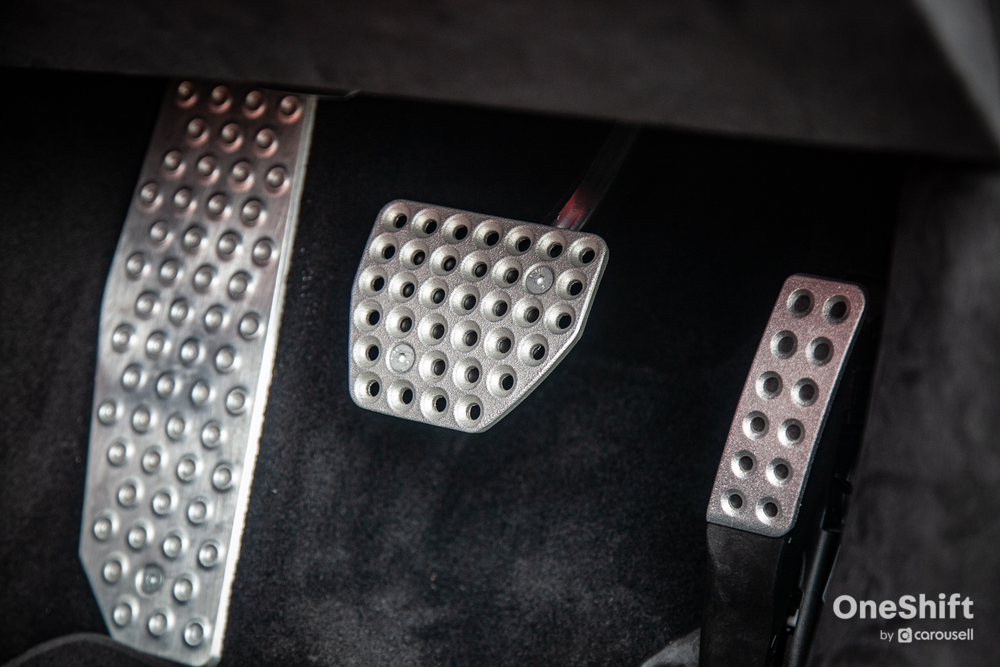
The 8-speed dual-clutch gearbox is a perfect partner here too. Although slightly clunky in urban traffic, it picks up the slack completely when you ask 100% from it. The upshifts and downshifts are beautifully executed through the large carbon fibre shift paddles mounted onto the steering column. There are shift lights on the steering wheel to indicate the precise moment to shift, so you won’t be distracted looking at the rev counter. There is absolutely no delay from the moment you tug at the paddles to when the shifts are executed.
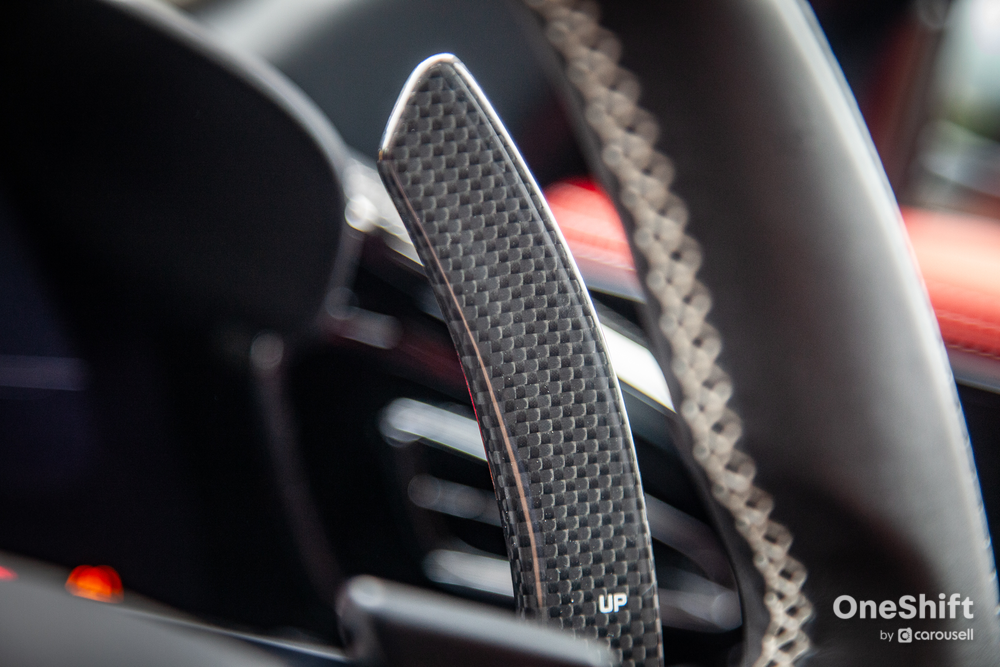
And then there is the steering feel and the braking, the two key touch points which Ferrari has also nailed down. With the thin-rimmed steering wheel, the helm isn’t lighting fast as in some Ferraris, but weighty and communicative enough for you to feel the granularity of the road. The carbon ceramic brakes are linear and progressive, giving immense confidence while having so much braking power that I’m sure I only tapped on a fraction of it.
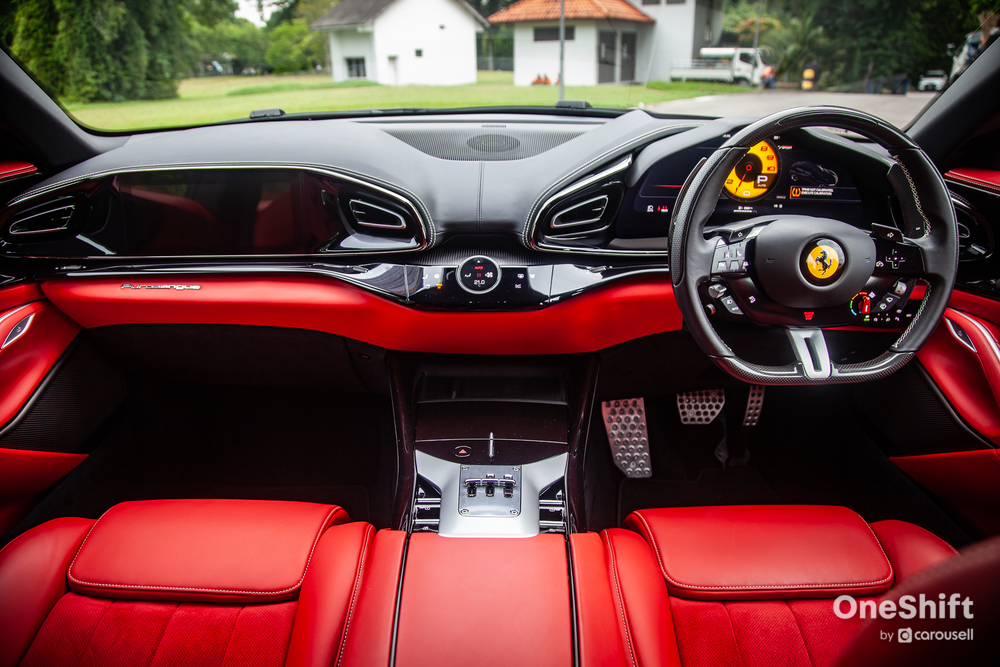
All of that fun wouldn’t be so meaningful if the passengers had to suffer for it. After all, it is meant to be a practical four seater. Well, I intentionally took the back seat on the next leg of our journey to test it out and, golly, Ferrari got this so right too. The seat recline angle is set just right, so there is a great view out from the rear windows and plenty of legroom. The strict allowance of just two seats at the back has let Ferrari design proper individual seat support rather than a bench. So it is quite cosy inside there. Getting in and out is a cinch too with those coach doors. And on the move, the ride is terrifically cosetting no matter which mode the car is in. Look, even the boot has a flat loading floor and 470-litres. Not huge by any measure, but it’ll do for most circumstances.
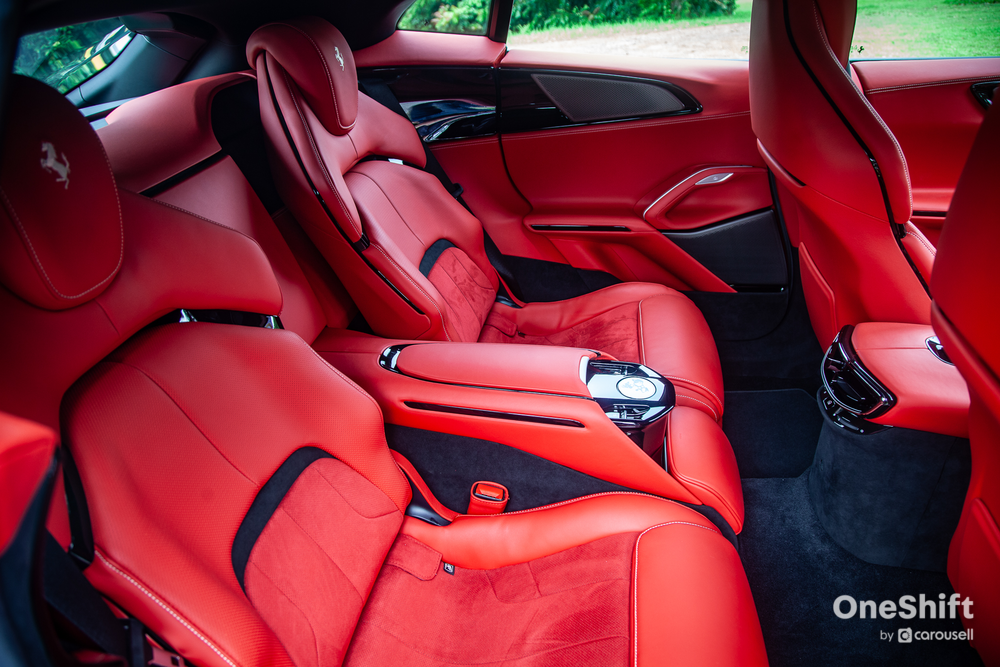
I’ve sung praises pretty much from start to finish, so you must be wondering if I am biased or not. The Purosangue does have its flaws. The infotainment technology is a little fiddly. I do like the concept of the driver having his/her own screen and the passenger another, but without a central screen, a lot of settings and menus are embedded within a very complicated instrument panel. Plus, they are accessed by the touch haptic controls on the steering wheel which may or may not register your prods. But you know what, the car is so entertaining to drive that you’d probably overlook all of these niggles.
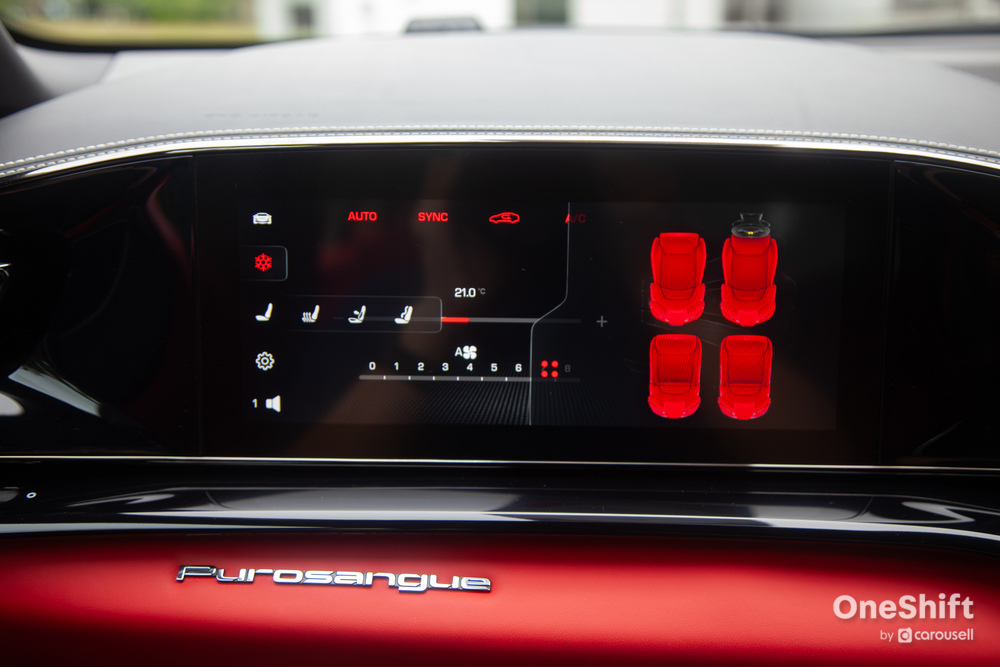
The other thing that I noticed as well is that in attempting to make a high-riding vehicle but with the dynamics of a sports car, the car looks flattering from some angles but awkward in others. I do like the front and rear, and the best look is probably from the rear ¾. But from the side, the car does look a bit scrunched up. However, beauty is in the eye of the beholder, so I will just leave it at this.
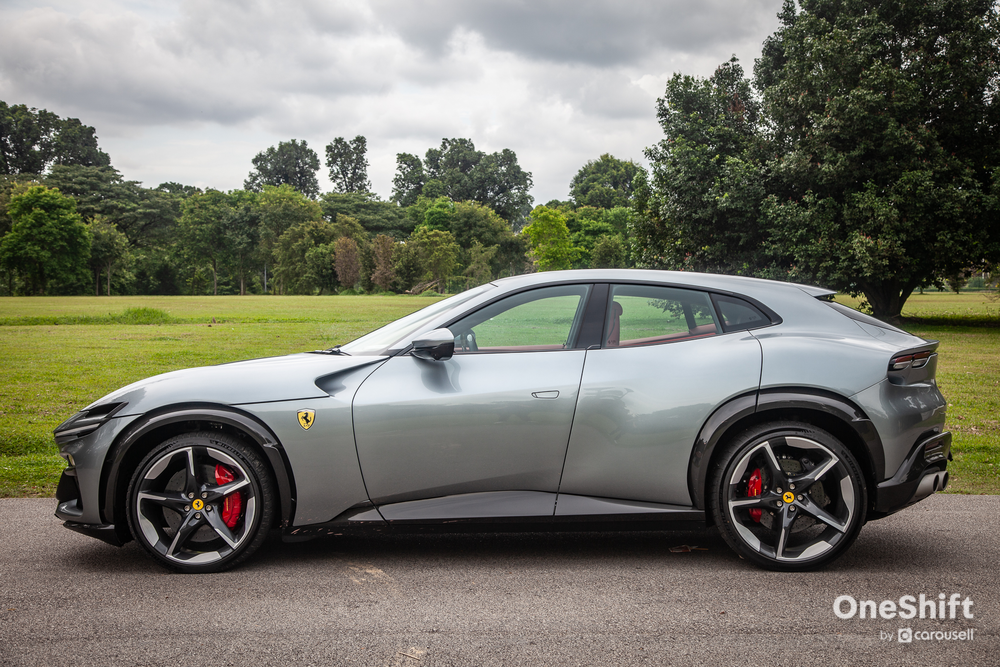
To drive, the Purosangue is far and away the best handling, most engaging high-riding vehicle I have ever driven. It is also superbly comfortable and probably the most cosseting car in the performance end of its class. Ferrari has done the impossible in creating two characters within the Purosangue and playing both roles to great success. The car is truly a master of all trades.
Photos by James Wong
---
Sell your car to us for up to $5,000 more than market prices. Get a quote now!
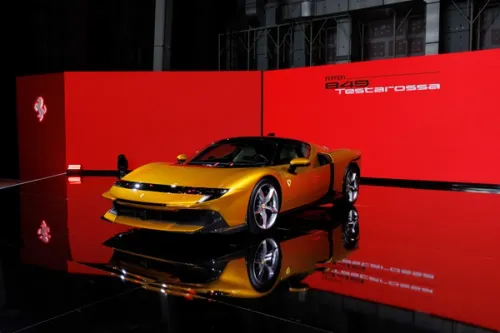
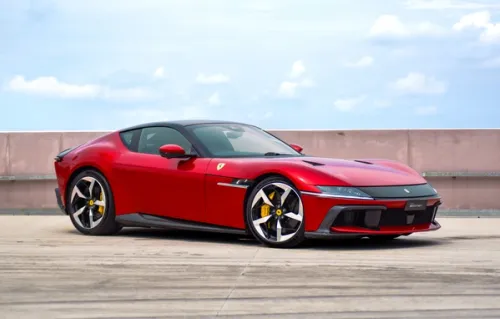
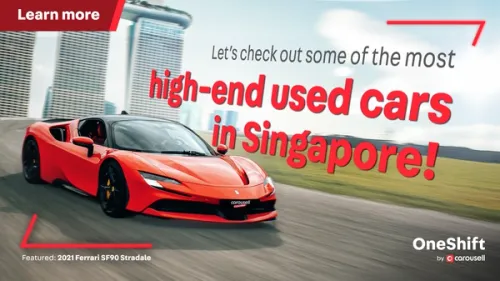





Get the Best Price for your used car
from 500+ dealers in 24 hours

- Convenient and Hassle-Free
- Consumer Protection
Transparent Process
With No Obligation
